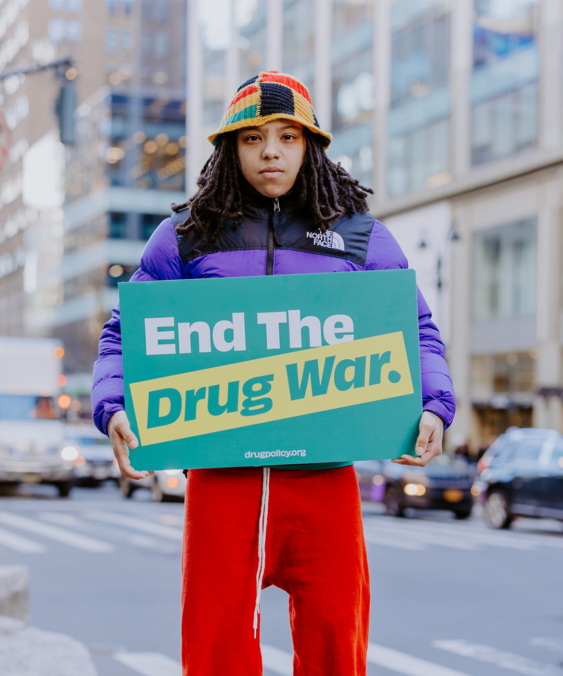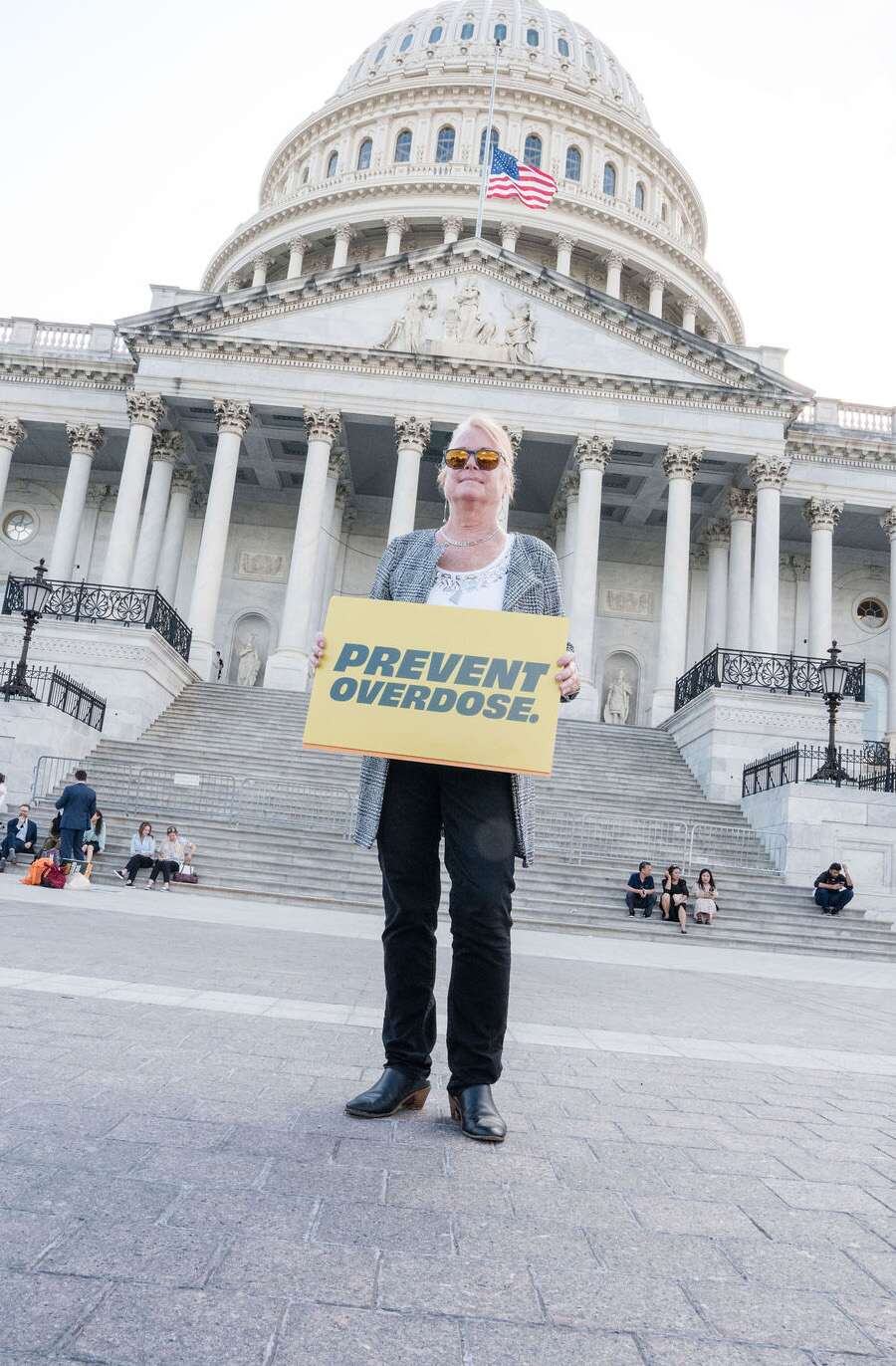
Tony Newman at (646) 335-5384 or Bill Piper at (202) 669-6430
U.S. Drug Czar John Walters presented the popular, but ineffective, Montana Meth Project with a certificate of recognition from the White House yesterday, citing the private anti-meth advertising campaign as one of the nation’s “most powerful and creative anti-drug programs.” Mr. Walters declared that the campaign’s message “is resonating with teens,” even though the campaign’s own internal evaluations concluded the program is having no impact on teen meth use.
“I guess we shouldn’t be surprised that an ineffective drug czar is giving an award to an ineffective program,” said Bill Piper, director of national affairs for the Drug Policy Alliance, the nation’s leading drug policy reform organization. “Once again, the Drug Czar is pushing feel-good projects that don’t work instead of honest information that is more effective at keeping young people safe.”
The Montana Meth Project uses graphic pictures and scare tactics to frighten teens away from using meth. In one ad, a young woman is shown literally plucking out all her eyebrows while on meth. In another, a young woman says that even trying meth just once will lead to addiction and prostitution.
Yet these kinds of ads have been proven to fail. From decades of research, we know which kinds of prevention messages will backfire by doing more harm than good: scare tactics, over-use of authority figures, talking down to young people, and conveying messages or ideas that are misleading, extremist, or do not conform with young people’s own perceptions and experiences.
“Once teens think they are being lied to, they stop listening to all prevention messages,” Piper said.
Numerous prevention experts have criticized the ads in the press, and cited the ad campaign as an example of how not to prevent drug abuse. Not surprisingly, the Montana Meth Project’s own internal evaluations, released in April, found that, after spending millions of dollars on ads, Montana teens are actually less likely to associate using meth with “great” or “moderate” risk. In fact, the number of Montana teens who reported that there was “no risk” to regular meth use actually increased by five percent.
The biggest irony may be that the White House’s own anti-drug ads have been proven a failure. Despite spending over a billion dollars trying to scare teens, six government studies have found that the government’s ads are not reducing teen drug use. Several studies have suggested that the ads might actually be making teens more likely to use drugs.
Drug policy experts say the single most effective step policymakers can take to prevent drug abuse is to increase funding for treatment programs. Currently, close to half of those who seek treatment cannot obtain it because of long waiting lists and lack of funding. California is leading the way in getting treatment to people addicted to methamphetamine. California’s voter-mandated treatment-instead-of-incarceration initiative, Proposition 36, is successfully treating ten times more methamphetamine users each year than the state’s “drug court” system reaches, according to drug court data.
The government can help reduce adult methamphetamine abuse by ensuring adults have alternatives to drug use, most notably by increasing employment and educational opportunities and strengthening families. The most effective way to help people who are already abusing meth is to make substance abuse treatment widely available to all who need it.
“The Montana Meth Project should drastically change the content and flavor of its ad campaign,” said Piper. “Of course, we’re never going to be able to significantly reduce meth abuse until we make treatment available to all who need it, whenever they need it, and as often as they need it.”


Notifications